Home>Storage Ideas>Living Room Storage>How To Clean Granite
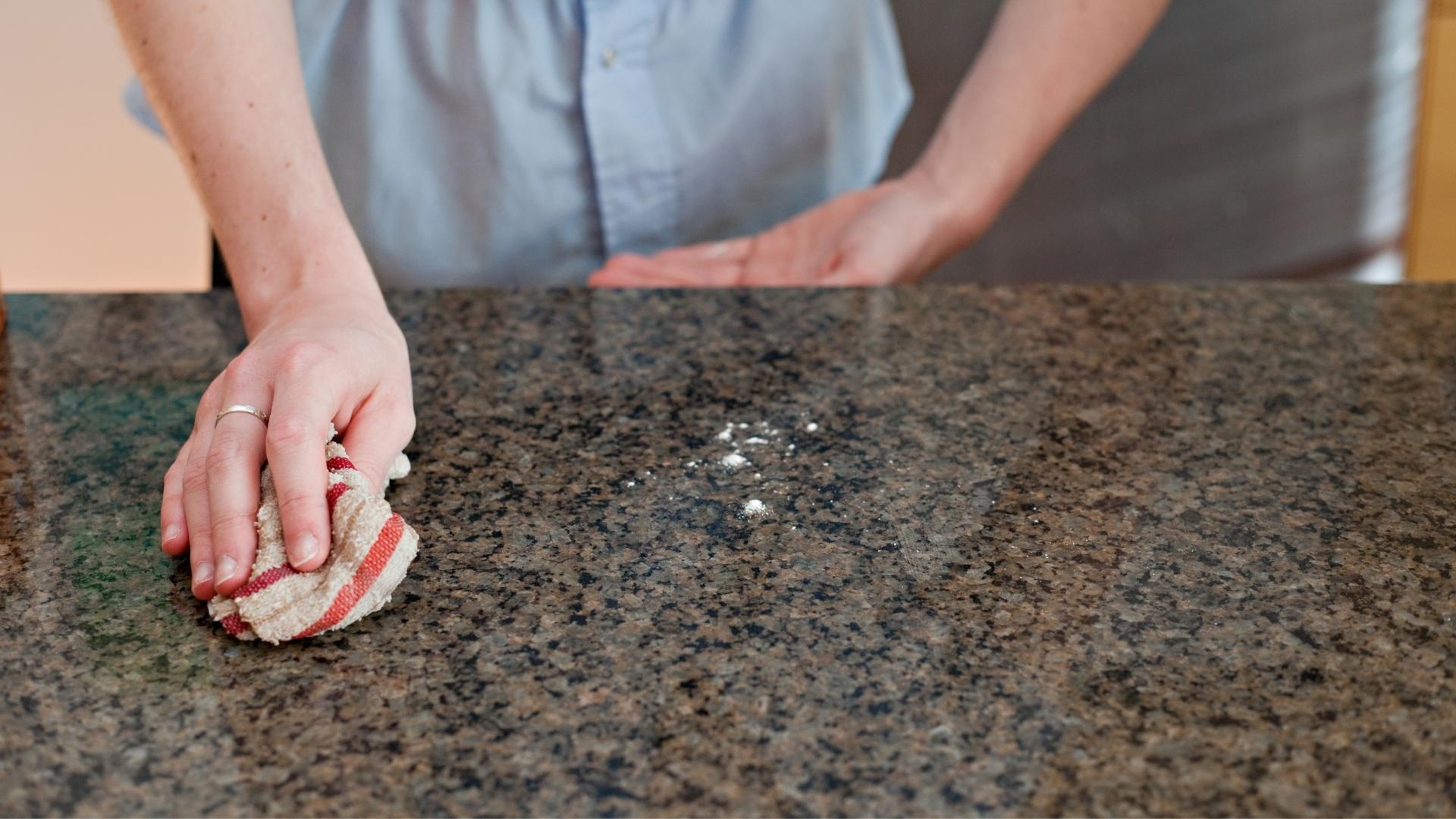

Living Room Storage
How To Clean Granite
Modified: October 21, 2024
Learn how to clean granite surfaces in your living room with these helpful tips. Keep your living room storage looking pristine and beautiful.
(Many of the links in this article redirect to a specific reviewed product. Your purchase of these products through affiliate links helps to generate commission for Storables.com, at no extra cost. Learn more)
Introduction
Welcome to the ultimate guide on how to clean and care for your granite surfaces. Granite is a popular choice for homeowners and interior designers due to its natural beauty and durability. Whether it’s a granite countertop, floor, or tile, proper cleaning and maintenance are essential to ensure its longevity and luster.
Understanding how to clean granite properly is crucial because using the wrong cleaning products or methods can damage the surface and affect its appearance. In this comprehensive guide, we will walk you through the process of cleaning granite surfaces step by step and provide you with valuable tips and insights along the way.
Before we delve into the cleaning process, it’s important to understand what granite is and why it is such a sought-after material for residential and commercial uses. Granite is an igneous rock made primarily of quartz, feldspar, and mica. Each slab of granite is unique, with intricate patterns and variations in color.
Granite is highly durable and resistant to heat, scratches, and stains, making it an ideal choice for high-traffic areas like kitchens and bathrooms. However, despite its durability, granite surfaces still require regular cleaning to maintain their beauty and protect against any potential damage.
When it comes to cleaning granite, it’s crucial to use gentle, non-abrasive cleaning methods to avoid scratching or dulling the surface. Harsh chemicals, abrasive scrubs, or acidic cleaners can etch the surface of the granite and compromise its natural shine.
In the next sections of this guide, we will discuss how to make a suitable cleaning solution, provide general cleaning guidelines, and address specific cleaning techniques for granite countertops, floors, and tiles. We will also cover how to remove stains from granite and offer tips on maintaining the shine of your granite surfaces.
By following the advice and techniques laid out in this guide, you can keep your granite surfaces looking pristine and extend their lifespan. Let’s dive in and discover the best practices for cleaning and caring for your cherished granite surfaces!
Key Takeaways:
- Proper cleaning and maintenance are crucial for preserving the natural beauty and durability of granite surfaces, requiring gentle, non-abrasive cleaning methods and suitable cleaning solutions.
- Understanding the composition of granite, specific cleaning techniques for countertops, floors, and tiles, and effective stain removal methods are essential for maintaining the shine and longevity of granite surfaces.
Read more: How To Clean Granite Countertops In Bathroom
Understanding Granite
To effectively clean and care for granite, it’s essential to have a basic understanding of the material itself. Granite is formed deep within the Earth’s crust through the slow crystallization of molten magma. This process takes millions of years and results in a rock that is incredibly strong and resistant to heat, scratches, and stains.
Granite is made up of several minerals, with quartz, feldspar, and mica being the most common. Quartz provides granite with its hardness and durability, while feldspar contributes to its unique colors and patterns. Mica gives granite its characteristic shimmer and adds visual interest to the stone.
One of the most appealing aspects of granite is its natural beauty. Each slab of granite is unique, with variations in color, pattern, and veining. From earthy tones like browns and beiges to vibrant hues like blues and greens, granite offers a wide range of options to suit any design aesthetic.
Granite is not only aesthetically pleasing, but it is also highly functional. Its durability makes it suitable for a variety of applications, including countertops, flooring, and wall cladding. It can withstand the daily wear and tear of a busy household and is resistant to stains, scratches, and heat.
However, despite its durability, granite is not invincible. It is still susceptible to damage if not properly cared for. The main enemy of granite is acidic substances. Spills such as lemon juice, vinegar, or harsh cleaning agents can etch the surface of granite, causing it to lose its shine and potentially leading to permanent damage.
Regular maintenance and proper cleaning techniques are essential to preserve the beauty and integrity of your granite surfaces. By keeping this in mind, you can ensure that your granite countertops, floors, and tiles continue to impress with their natural allure and durability.
In the following sections, we will delve into the specifics of cleaning granite and provide you with step-by-step instructions on how to keep your granite surfaces looking their best. From preparing the cleaning solution to removing stains and maintaining the shine, we will cover it all. Let’s move on to the next section and explore how to prepare an effective cleaning solution for your granite surfaces.
Preparing the Cleaning Solution
Before you start cleaning your granite surfaces, it’s important to gather the necessary supplies and prepare a suitable cleaning solution. Using the right cleaning products is crucial to avoid damaging the granite or compromising its natural shine.
The best approach is to use a gentle and pH-neutral cleaner specifically designed for granite. Avoid harsh chemicals, abrasive substances, or acidic cleaners, as they can etch the surface and dull the granite over time. Look for a granite cleaner that is specifically labeled as safe for use on natural stone surfaces.
If you prefer to make your own cleaning solution, there are a few options you can consider. One simple yet effective homemade solution is a mixture of warm water and mild dish soap. This mild solution will safely clean your granite surfaces without causing any harm.
To prepare the cleaning solution, follow these steps:
- Fill a container with warm water.
- Add a small amount of mild dish soap to the water. Be sure to use a gentle soap that does not contain any harsh chemicals or additives.
- Mix the soap and water together until they are well combined.
Remember, the key is to use a gentle and non-abrasive cleaning solution that won’t harm the granite. Avoid using ammonia-based cleaners, bleach, vinegar, or any abrasive cleaning agents, as they can damage the surface of the granite and strip away its natural shine.
Once you have prepared the cleaning solution, you are ready to move on to the next step: general cleaning guidelines. In the next section, we will provide you with some essential tips and techniques for effectively cleaning your granite surfaces without causing any damage. Let’s explore the general cleaning guidelines for granite!
General Cleaning Guidelines
Now that you have your cleaning solution ready, let’s dive into some general cleaning guidelines to ensure the safe and effective cleaning of your granite surfaces. Following these tips will help you maintain the longevity and beauty of your granite countertops, floors, and tiles.
- Start by removing any loose dirt or debris from the surface of the granite. You can use a soft microfiber cloth or a vacuum cleaner with a soft brush attachment to gently remove any loose particles.
- Dampen a clean, soft cloth or sponge with the prepared cleaning solution. Make sure the cloth or sponge is not dripping wet; it should be slightly damp to avoid excessive moisture on the granite surface.
- Wipe the granite surface in a gentle, circular motion. Avoid applying too much pressure as it could potentially scratch the granite. Pay special attention to any areas that may require extra cleaning, such as spills or stains.
- Rinse the cloth or sponge regularly with clean water to prevent any residue from building up and potentially leaving streaks on the granite.
- After cleaning, dry the surface thoroughly with a clean, soft cloth to remove any remaining moisture. This step is essential because leaving water or dampness on the granite can lead to water spots or discoloration.
- To ensure an even shine, you can buff the granite surface gently using a dry, clean microfiber cloth. This will help restore the natural luster of the granite.
- For granite floors or large surfaces, it may be more convenient to use a spray bottle to apply the cleaning solution. Spray a small section at a time and follow the same wiping and drying process as mentioned above.
It is important to clean up spills on granite surfaces as soon as possible to prevent staining. The longer a liquid or substance sits on the granite, the more likely it is to penetrate the surface and cause discoloration.
Remember to always use gentle, non-abrasive cleaning tools and avoid scrubbing the granite vigorously. Stay away from abrasive cleaning pads, steel wool, or harsh brushes, as they can scratch the surface of the granite and mar its natural beauty.
By following these general cleaning guidelines, you can keep your granite surfaces looking their best. In the next section, we will focus on specific techniques for removing stains from granite, addressing some common types of stains you may encounter. Let’s explore how to effectively tackle stains on granite!
Removing Stains from Granite
Despite its durability, granite is still susceptible to staining if spills are not promptly cleaned up. Different types of stains require specific cleaning techniques to effectively remove them without damaging the granite surface. Here, we will discuss common types of stains and how to address them.
1. Grease and Oil Stains:
If you have a greasy or oily stain on your granite surface, start by blotting the area with a paper towel to remove any excess oil. Then, create a paste by mixing baking soda and water to achieve a toothpaste-like consistency. Apply the paste to the stained area, covering it completely. Leave the paste on the stain for a few hours or overnight. Afterward, gently scrub the area with a soft brush or sponge and rinse thoroughly with warm water. Dry the surface with a clean cloth.
2. Water Stains and Rings:
To remove water stains or rings from granite, make a paste using a mixture of baking soda and hydrogen peroxide. Apply the paste to the stained area and let it sit for several hours or overnight. Then, rinse the area with warm water and dry with a soft cloth. If the stain persists, repeat the process as necessary.
3. Wine or Coffee Stains:
If you have a red wine or coffee stain on your granite surface, start by blotting away any excess liquid with a paper towel. Then, mix a solution of 50% water and 50% baking soda to create a paste. Apply the paste to the stain, covering it completely, and let it sit for several hours or overnight. Scrub the area gently with a soft brush or sponge and rinse thoroughly with warm water. Dry the surface with a clean cloth.
4. Ink Stains:
If you have an ink stain on your granite, start by blotting the area with a paper towel to remove any excess ink. Then, apply a small amount of rubbing alcohol directly to the stain and gently rub it with a soft cloth. Rinse the area with warm water and dry thoroughly.
5. Rust Stains:
To remove rust stains from your granite surface, you can create a paste using a mixture of equal parts baking soda and water or lemon juice. Apply the paste to the stained area and let it sit for several hours or overnight. Scrub the area gently with a soft brush or sponge and rinse thoroughly with warm water. Dry the surface with a clean cloth.
Always remember to test any cleaning solution or method on a small, inconspicuous area of the granite surface before applying it to the stain directly. This will ensure that the cleaning method does not cause any discoloration or damage.
By following these stain removal techniques, you can effectively treat and remove common stains from granite surfaces. Next, let’s move on to the importance of maintaining the shine of your granite surfaces and how to achieve it.
Use a mixture of warm water and mild dish soap to clean granite countertops. Avoid using harsh chemicals or abrasive sponges, as they can damage the surface. Dry the countertop with a soft cloth to prevent water spots.
Read more: How To Clean Granite Composite Sink
Maintaining the Shine of Granite Surfaces
One of the key attractions of granite surfaces is their natural shine. To keep your granite countertops, floors, and tiles looking their best, it’s important to maintain their shine. Here are some tips to help you achieve and preserve the luster of your granite surfaces:
1. Regular Cleaning:
Frequent cleaning of your granite surfaces is essential to prevent the build-up of dirt, debris, and residue. By removing these particles regularly, you can prevent the granite from looking dull or hazy. Follow the general cleaning guidelines mentioned earlier to keep your granite surfaces clean and shiny.
2. Avoid Harsh Chemicals:
Using acidic or abrasive cleaners can strip away the natural shine of your granite. Keep in mind that substances like vinegar, lemon juice, ammonia, or bleach can etch the surface of the granite, leaving it dull and damaged. Stick to mild and pH-neutral cleaning solutions specifically designed for granite or make your own using gentle dish soap and warm water.
3. Protective Measures:
To protect the shine of your granite surfaces, it’s important to use coasters or place mats under glasses, cups, and hot dishes. This prevents any potential damage from spills or direct contact with hot items. Avoid placing heavy objects or sharp utensils directly on the granite surface, as they could scratch or chip the stone.
4. Sealing:
Sealing your granite surfaces can help maintain their shine and protect them from staining. Granite is a porous material, and without proper sealing, liquids can penetrate the surface and cause discoloration. Consult with a professional or refer to the manufacturer’s guidelines to determine the appropriate sealant for your granite and the recommended sealing frequency.
5. Regular Polishing:
Periodic polishing is another effective way to restore and maintain the shine of your granite surfaces. You can use a granite-specific polishing compound or a granite polish spray. Apply the polish according to the manufacturer’s instructions and gently buff the surface with a clean, soft cloth to enhance its shine.
6. Avoid Heavy Traffic:
While granite is a durable material, excessive foot traffic or heavy objects can cause wear and tear over time. If possible, avoid placing heavy items directly on your granite floors or countertops. Additionally, using rugs or mats in high traffic areas can help protect the granite surface and maintain its shine.
By following these maintenance tips, you can ensure that your granite surfaces continue to shine and impress. With proper care and regular attention, your granite countertops, floors, and tiles will remain a stunning focal point in your home for years to come.
Now that you’ve learned how to clean and maintain the shine of your granite surfaces, let’s move on to specific cleaning instructions for different types of granite installations, such as countertops, floors, and tiles.
Cleaning Granite Countertops
Granite countertops are a popular choice in kitchens and bathrooms due to their durability and beauty. To ensure that your granite countertops remain in pristine condition, proper cleaning and maintenance are crucial. Here are some specific steps to follow when cleaning granite countertops:
1. Clear the Surface:
Remove any items, such as appliances, utensils, or decorative objects, from the countertop to access the entire surface easily.
2. Remove Loose Debris:
Use a soft cloth or a vacuum cleaner with a soft brush attachment to gently remove any loose debris, such as crumbs or dust, from the countertop surface.
3. Use the Cleaning Solution:
Dampen a clean, soft cloth or sponge with the prepared cleaning solution. Avoid using excessive liquid, as it can seep into the small cracks or seams of the countertop.
4. Wipe the Countertop:
Gently wipe the entire surface of the granite countertop using a circular motion. Pay attention to any areas with spills or stains, and apply a little extra pressure without scrubbing too hard.
5. Rinse and Dry:
Rinse the cloth or sponge with clean water and wipe the countertop again to remove any soap residue. Finally, dry the countertop thoroughly with a clean, soft cloth to prevent water spots or streaks.
6. Polish (Optional):
If desired, you can use a granite polish spray or a granite-specific polishing compound to enhance the shine of your granite countertops. Follow the instructions on the product and gently buff the surface with a clean cloth to bring out the natural beauty of the granite.
It is important to note that acidic substances, such as lemon juice, vinegar, or harsh cleaning agents, can damage the surface of granite countertops. Avoid using these types of cleaners and stick to a mild and pH-neutral cleaning solution designed specifically for granite.
Regularly cleaning your granite countertops following these steps will help preserve their shine and prevent buildup of dirt or residue. For any stubborn stains, refer to the earlier section on stain removal techniques specific to granite surfaces.
Now that you know how to clean granite countertops, let’s move on to cleaning granite floors in the next section.
Cleaning Granite Floors
Granite floors are not only visually stunning but also highly durable. To keep your granite floors looking their best, regular cleaning and maintenance are vital. Follow these steps to effectively clean your granite floors:
1. Clear the Area:
Remove any furniture or objects from the area to be cleaned. This will allow you to access the entire floor and clean it thoroughly.
2. Remove Loose Debris:
Start by sweeping or vacuuming the floor to remove any loose dirt, dust, or debris. Use a soft-bristled brush attachment or a broom with soft bristles to avoid scratching the granite surface.
3. Prepare the Cleaning Solution:
Dilute the prepared cleaning solution in a bucket of warm water. Ensure that you use a mild, pH-neutral cleaner specifically designed for use on granite surfaces. Avoid using acidic or abrasive cleaners, as they can damage the granite.
4. Mop the Floor:
Dampen a soft mop in the cleaning solution and wring out any excess liquid. Mop the floor using gentle, back-and-forth motions, taking care not to apply too much pressure. Work in small sections to ensure that you cover the entire floor area.
5. Pay Attention to Stains:
If there are any specific stains or spills on the floor, you can spot treat them by applying a small amount of the cleaning solution directly to the affected area. Let the solution sit for a few minutes, then gently scrub the stain with a soft brush or sponge. Rinse the area with clean water and mop it dry.
6. Dry the Floor:
Avoid leaving any standing water on your granite floors, as it can lead to water spots or discoloration. After mopping, use a clean, dry mop or a soft cloth to dry the floor thoroughly.
Remember to avoid harsh cleaning tools, such as abrasive scrub brushes or steel wool, as they can scratch or damage the surface of your granite floors. Stick to soft mops, cloths, or brushes specifically designed for use on granite surfaces.
With regular cleaning and proper maintenance, your granite floors will continue to shine and impress. Next, let’s move on to cleaning granite tiles and provide specific instructions for this type of installation.
Cleaning Granite Tiles
Granite tiles are a popular choice for flooring, backsplashes, and other decorative areas in homes and commercial spaces. To maintain the beauty and longevity of your granite tiles, regular cleaning is essential. Here’s a step-by-step guide to effectively clean your granite tiles:
1. Clear the Area:
Remove any objects or furniture from the tiled area to have unrestricted access for cleaning.
2. Remove Loose Debris:
Sweep or use a vacuum cleaner with a soft brush attachment to remove any loose dirt, dust, or debris from the tiles. Pay attention to the grout lines as well.
3. Prepare the Cleaning Solution:
In a bucket, mix the prepared cleaning solution with warm water. Opt for a mild, pH-neutral cleaner specifically designed for use on granite surfaces.
4. Clean the Tiles:
Dampen a soft sponge or mop in the cleaning solution and wring out any excess liquid. Start scrubbing the tiles gently in a circular motion, making sure to cover the entire tiled area. For stubborn stains, apply a bit more pressure but avoid using abrasive scrub brushes that could scratch the granite.
5. Clean the Grout:
To clean the grout lines between the granite tiles, use a soft brush, such as a toothbrush, dipped in the cleaning solution. Scrub the grout lines gently to remove any dirt or grime that may have accumulated. Rinse the brush regularly and change the cleaning solution if it gets too dirty.
6. Rinse and Dry:
After scrubbing the tiles and grout lines, rinse the sponge or mop with clean water and go over the tiles again to remove any soapy residue. Ensure that all cleaning solution has been rinsed off. Finally, use a clean, dry cloth to wipe away any remaining moisture on the tiles.
It’s crucial to avoid using acidic or abrasive cleaners on granite tiles, as they can damage the surface and strip away the natural shine. Stick to gentle, pH-neutral cleaners specifically formulated for granite surfaces.
By following these steps and cleaning your granite tiles regularly, you can ensure that they remain beautiful and free from dirt and stains. With proper maintenance, your granite tiles will continue to impress for years to come.
Now that you know how to clean granite tiles, let’s conclude this comprehensive guide with a recap of the key points.
Read more: How To Clean Black Granite Countertops
Conclusion
Cleaning and caring for your granite surfaces is essential to maintain their beauty, durability, and longevity. Whether you have granite countertops, floors, or tiles, following the right cleaning techniques and using appropriate products can make a significant difference in preserving the natural allure of these stunning stone surfaces.
We began by understanding the composition of granite and its unique characteristics. With its natural beauty, strength, and resistance to heat, scratches, and stains, granite continues to be revered as a top choice for homeowners and designers alike.
To clean granite effectively, we discussed the importance of preparing a suitable cleaning solution. Using a gentle, non-abrasive cleaner, whether store-bought or homemade, ensures that you won’t damage the granite while effectively removing dirt and grime.
General cleaning guidelines were provided to help you safely and efficiently clean granite surfaces. Removing loose debris, using a damp cloth, and avoiding harsh chemicals are crucial steps to preserve the appearance and integrity of your granite.
Specific stain removal techniques were shared to address common types of stains that may mar your granite surfaces. Grease, oil, water, wine, coffee, ink, and rust stains can be treated using simple ingredients like baking soda, hydrogen peroxide, or rubbing alcohol.
Maintaining the shine of granite surfaces is essential for their overall aesthetics. By regularly cleaning, avoiding harsh chemicals, using coasters or mats, sealing when necessary, and occasionally polishing, you can ensure that your granite surfaces retain their natural luster.
We then provided detailed instructions for cleaning granite countertops, floors, and tiles. Each of these surfaces requires specific techniques tailored to their unique characteristics to ensure effective cleaning while avoiding any damage or scratches.
In conclusion, by following the provided guidelines and techniques, you can keep your granite surfaces looking pristine and extend their lifespan. Remember to use gentle cleaning methods, avoid abrasive cleaners, promptly address spills and stains, and regularly maintain and protect your granite surfaces.
With proper care and attention, your granite countertops, floors, and tiles will continue to enhance the beauty of your home for many years to come, showcasing the timeless elegance of this remarkable natural stone.
Frequently Asked Questions about How To Clean Granite
Was this page helpful?
At Storables.com, we guarantee accurate and reliable information. Our content, validated by Expert Board Contributors, is crafted following stringent Editorial Policies. We're committed to providing you with well-researched, expert-backed insights for all your informational needs.
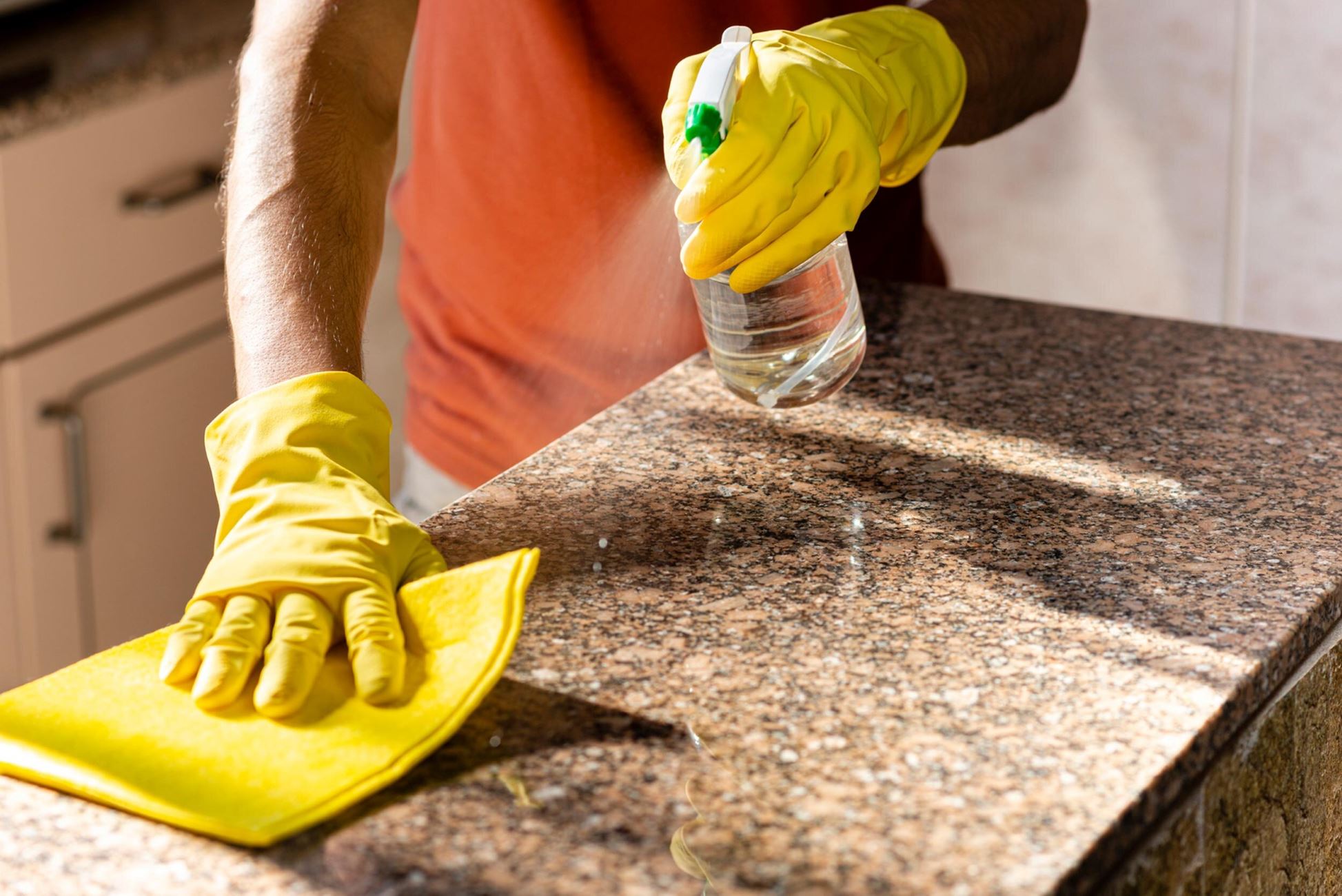
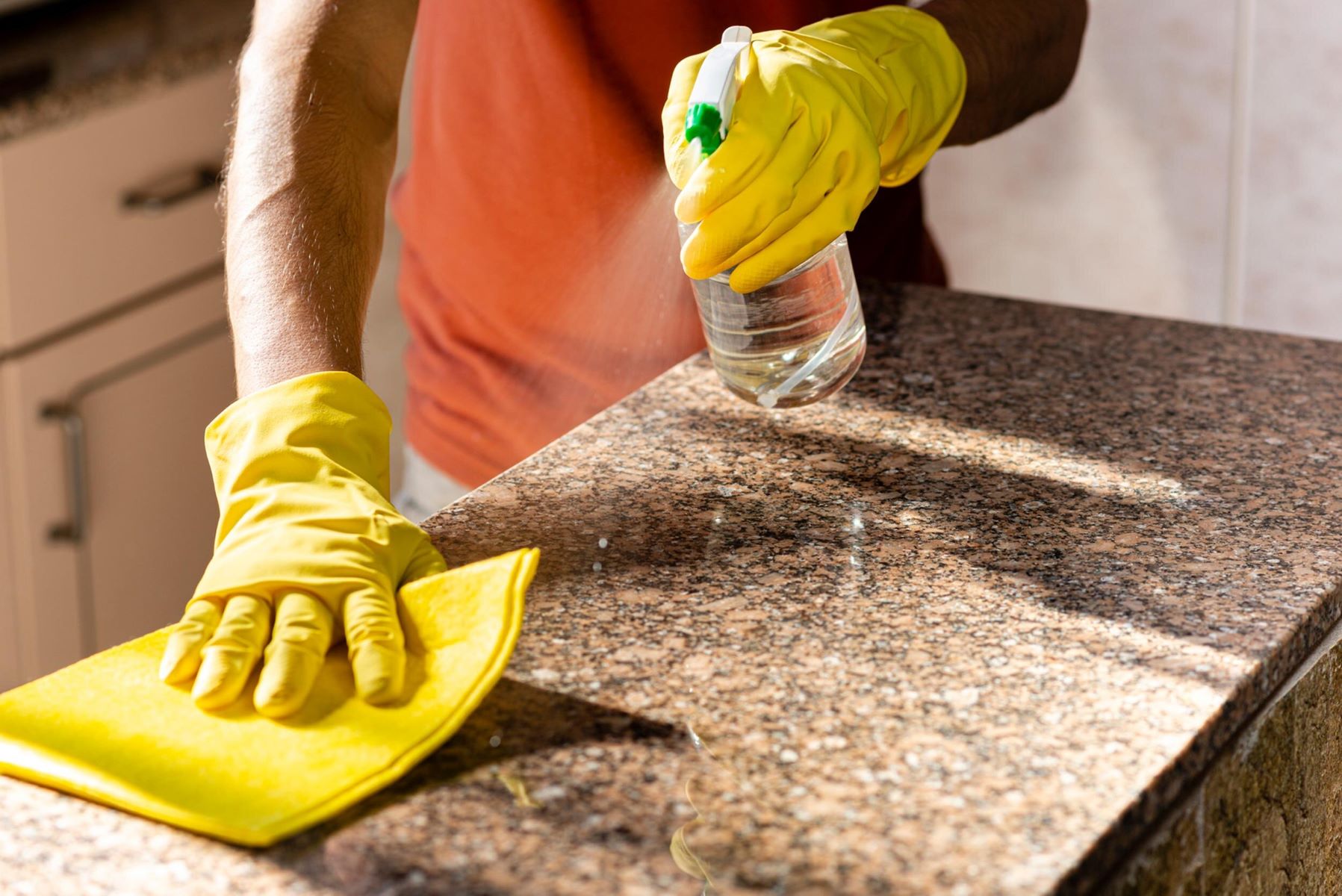
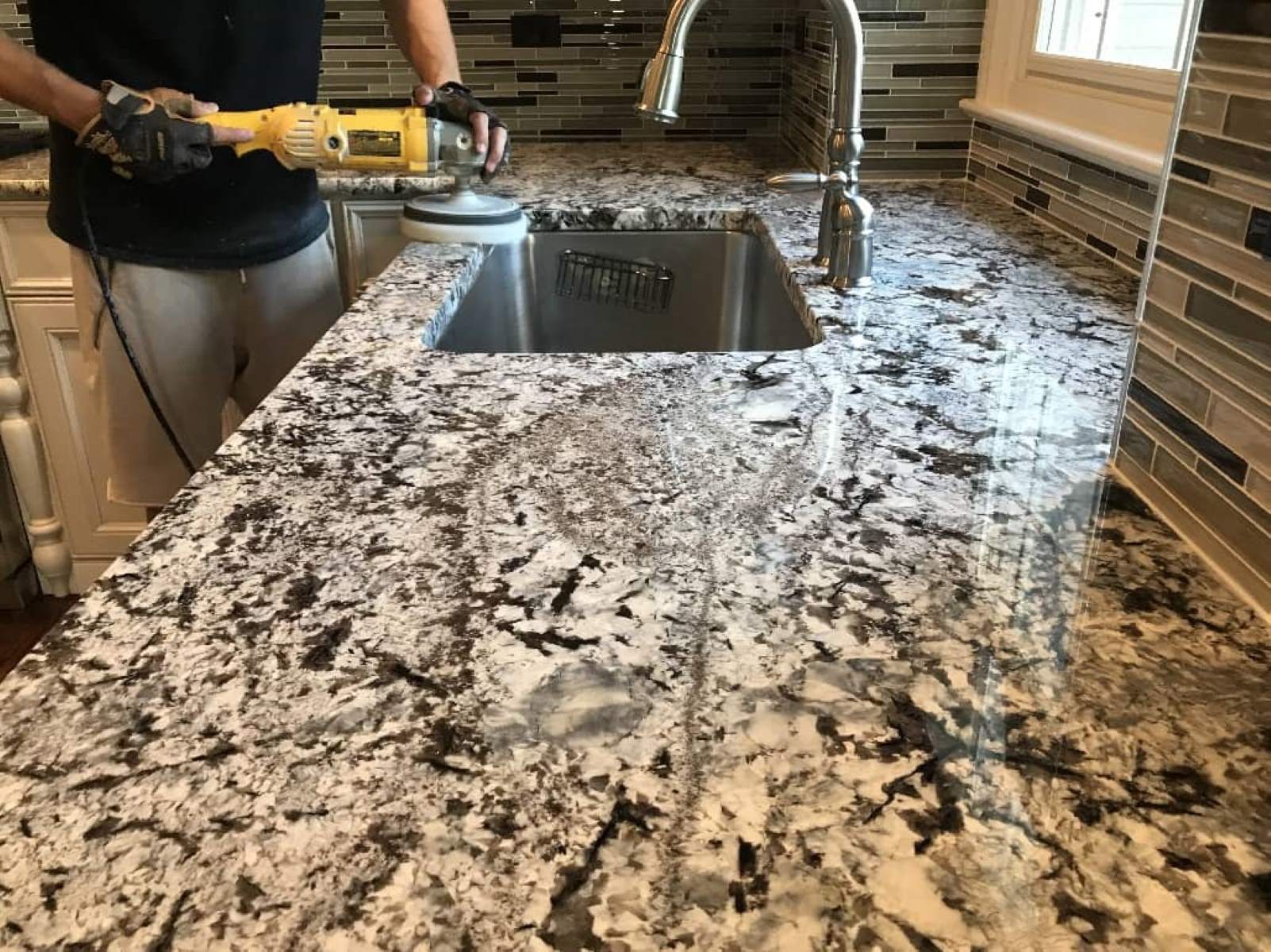
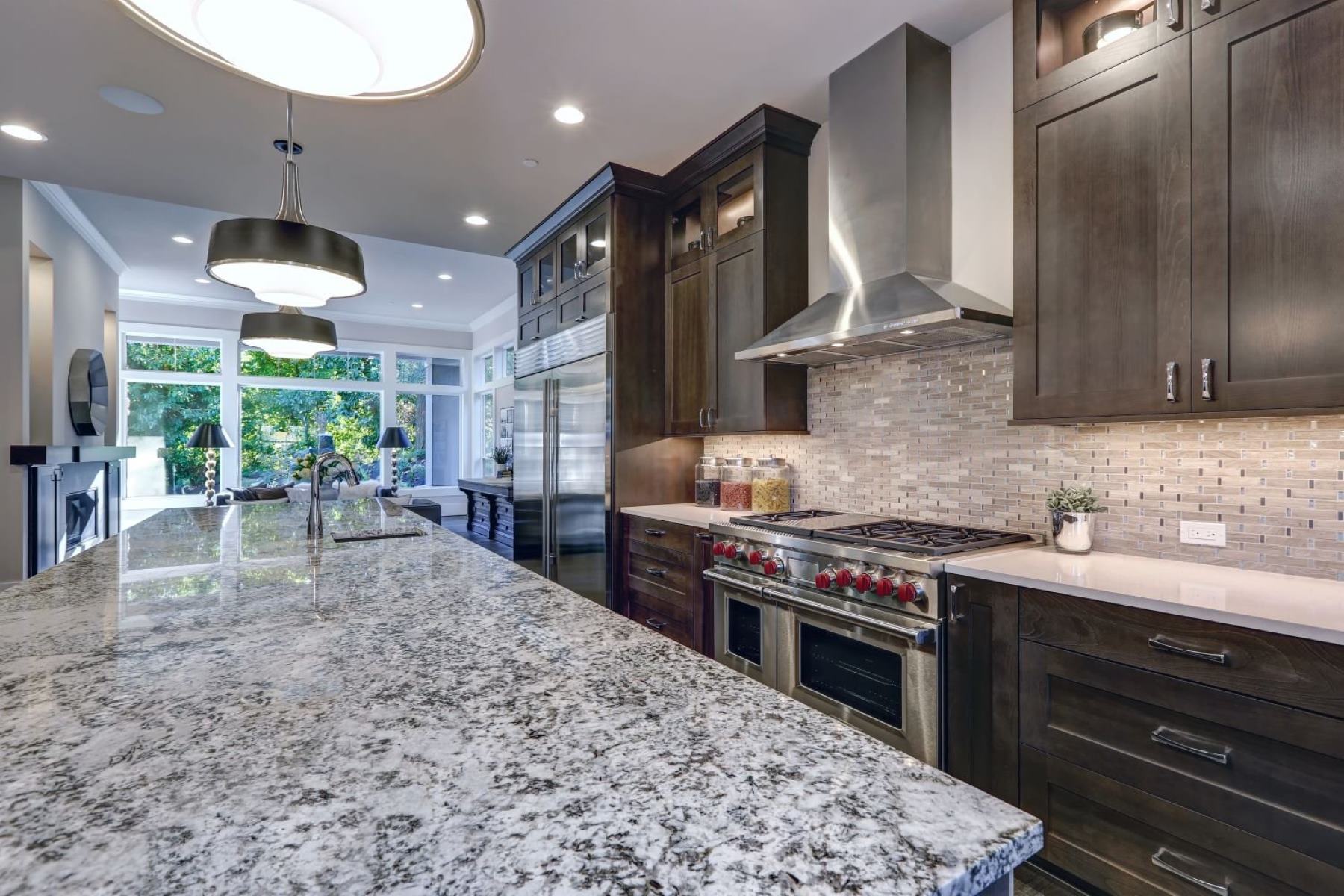

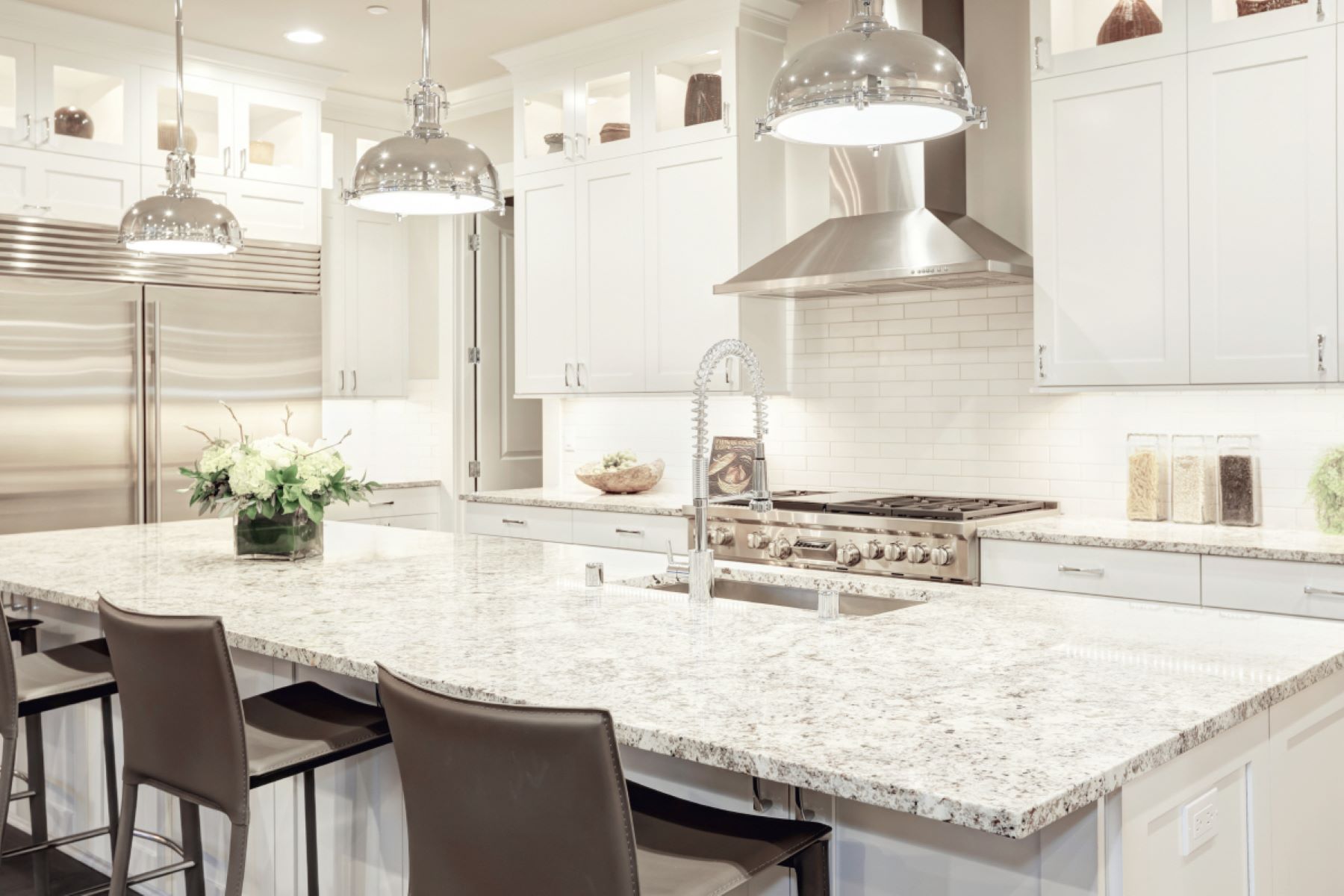

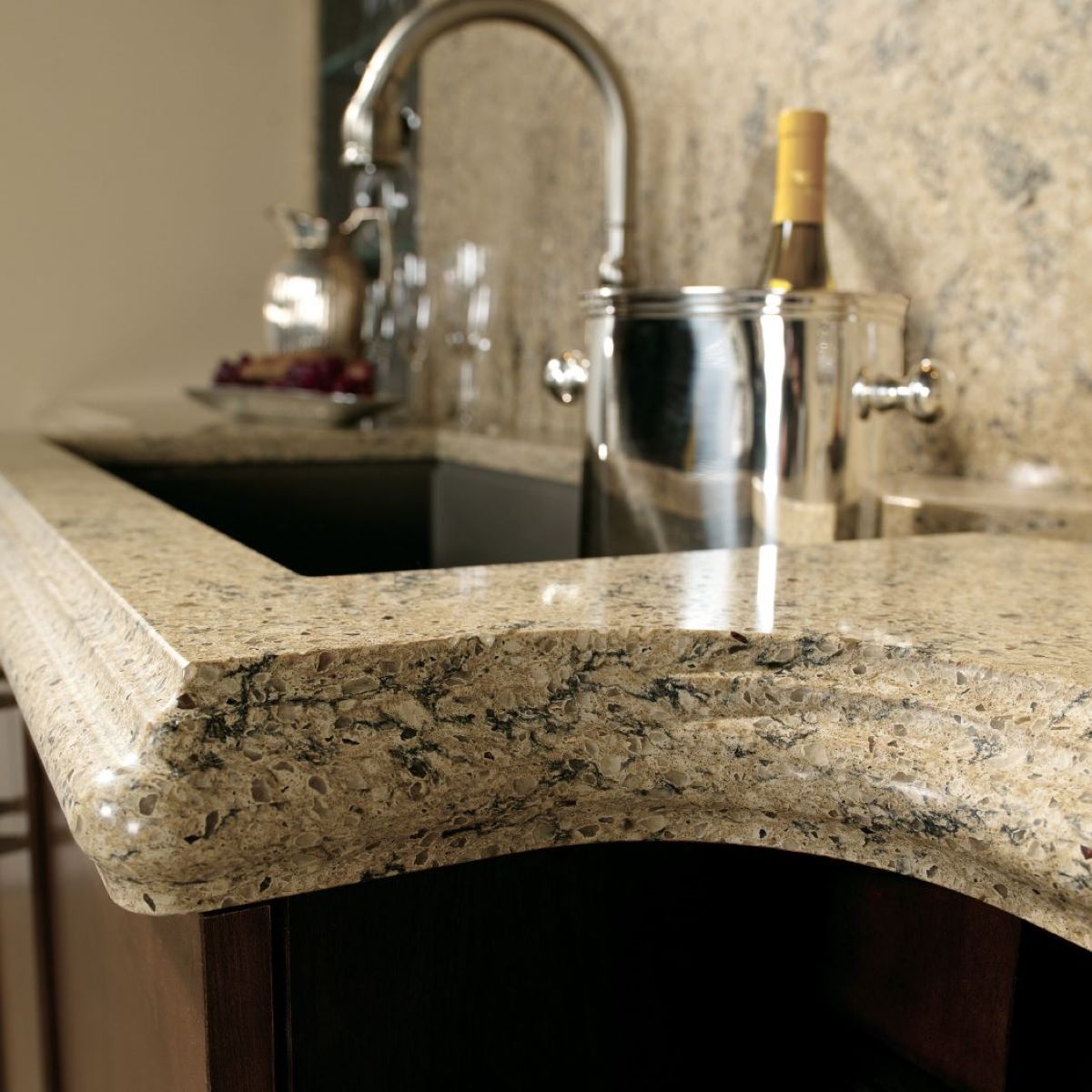
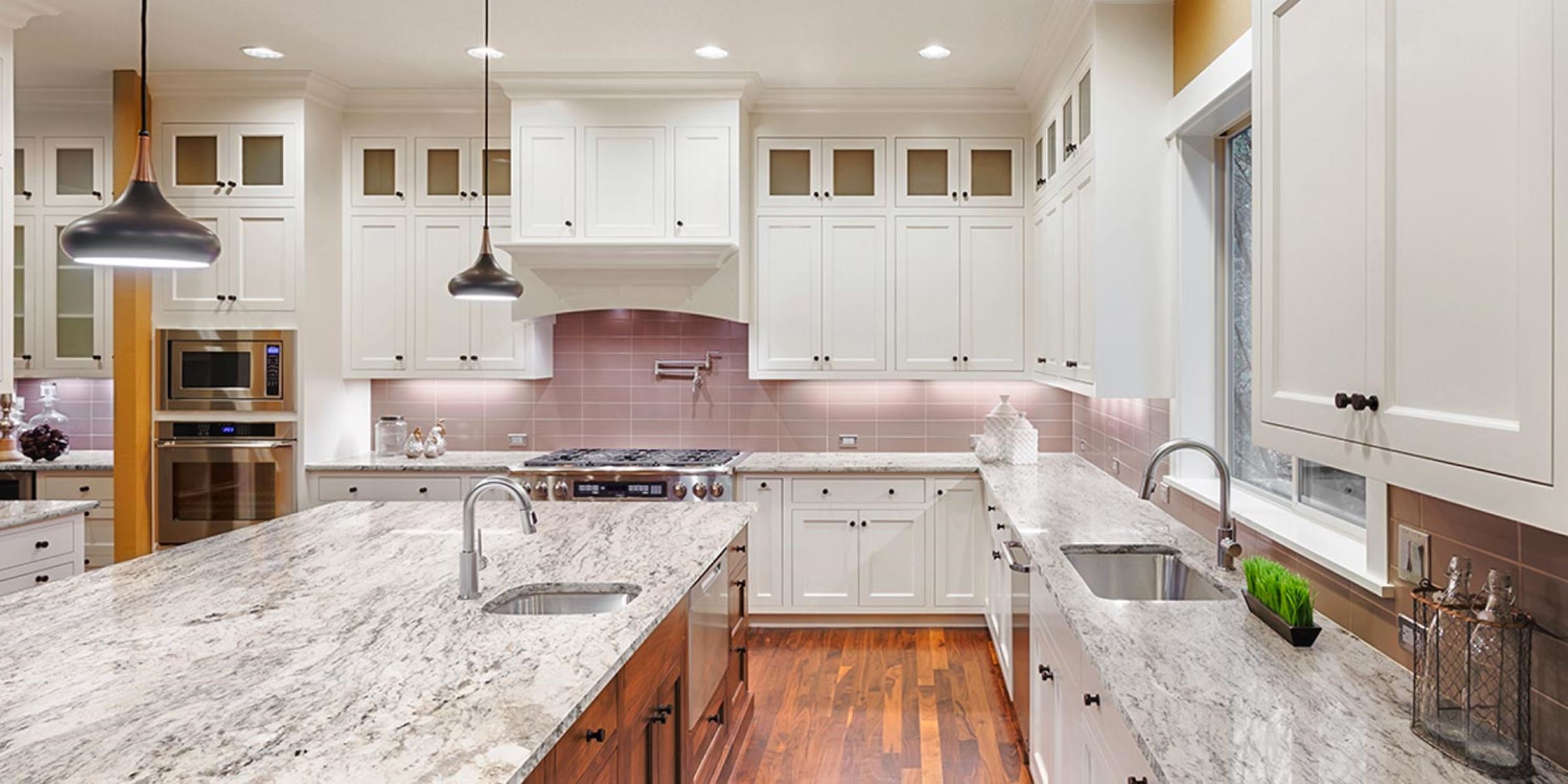
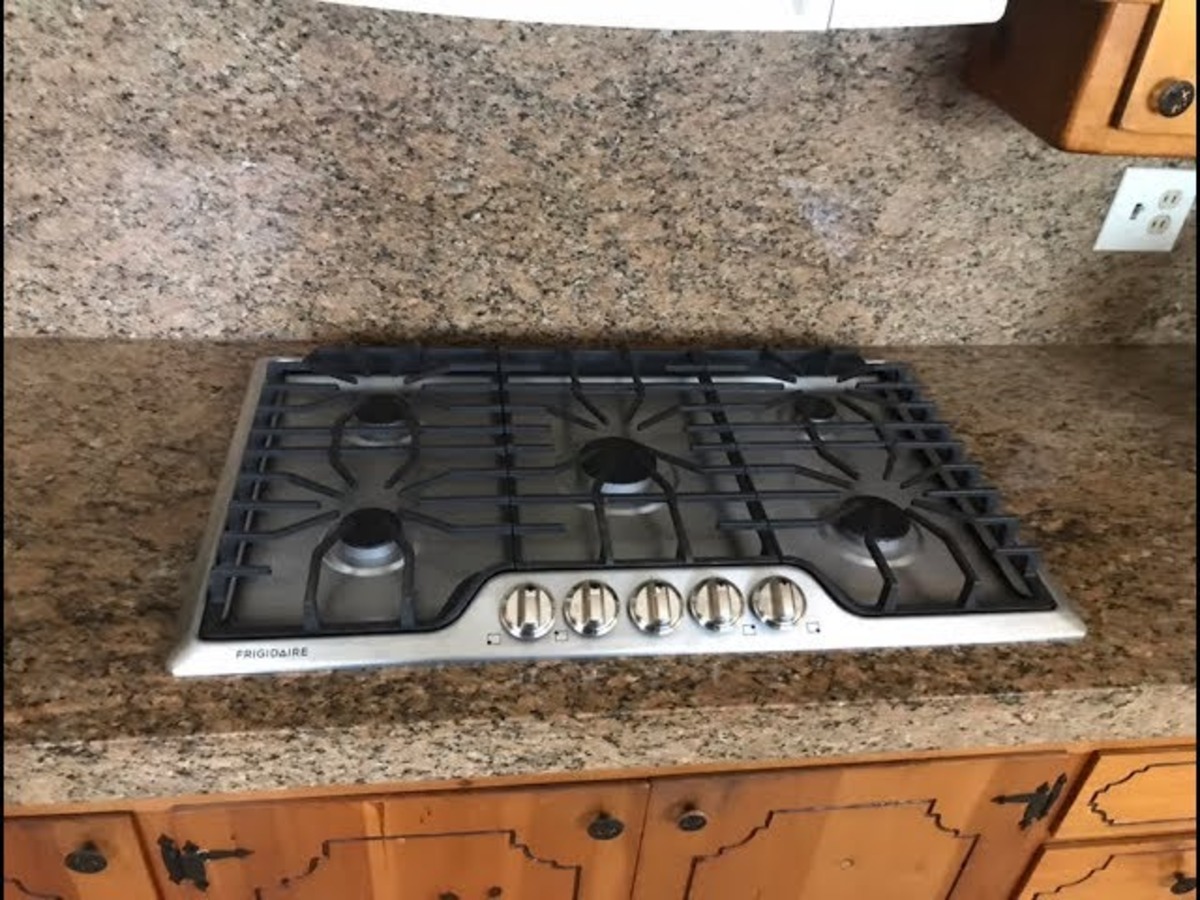
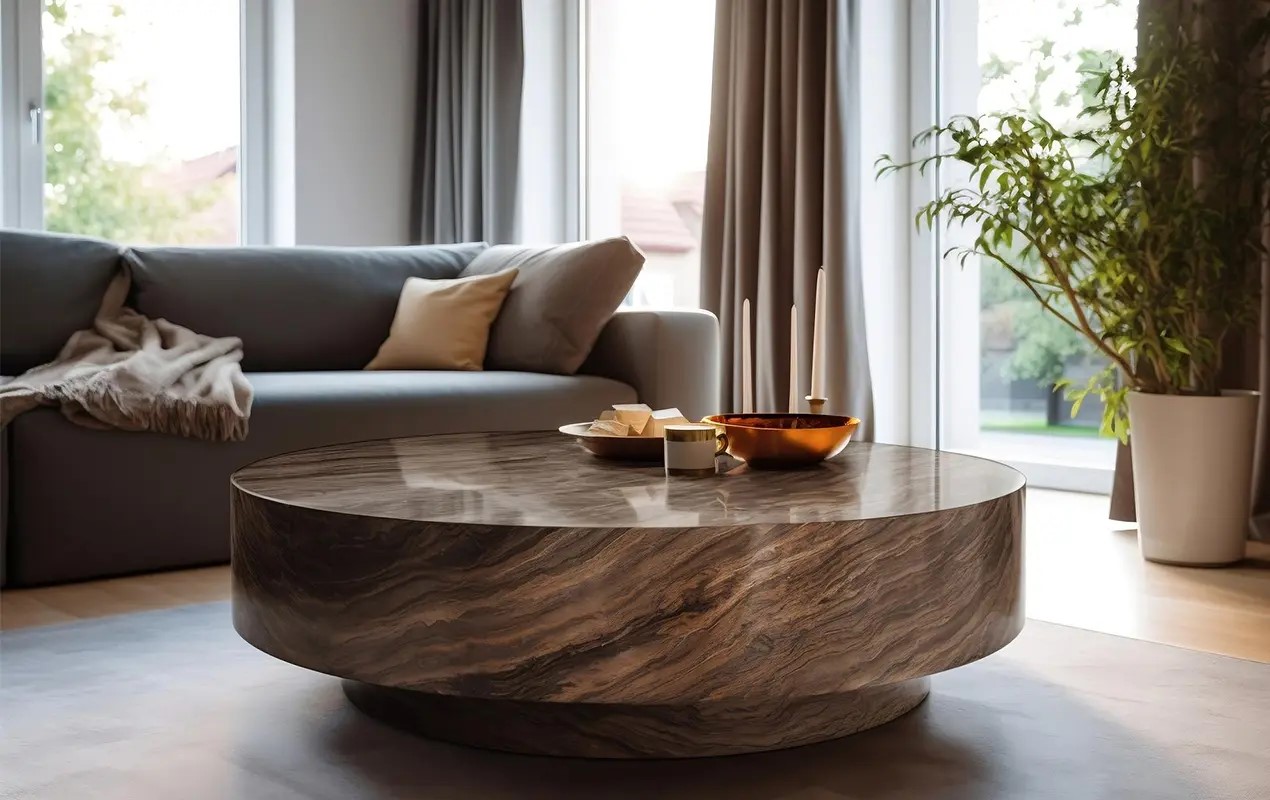
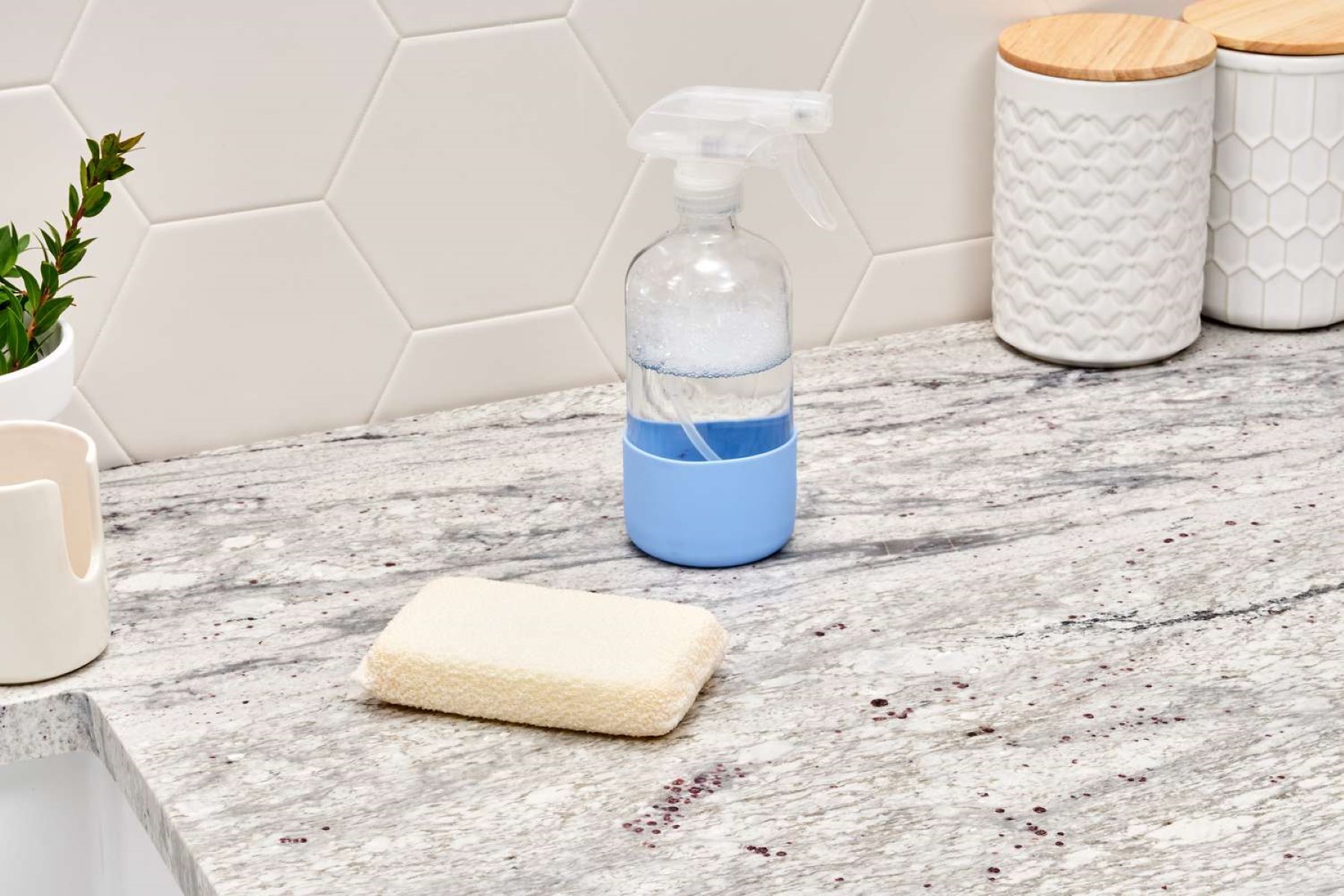
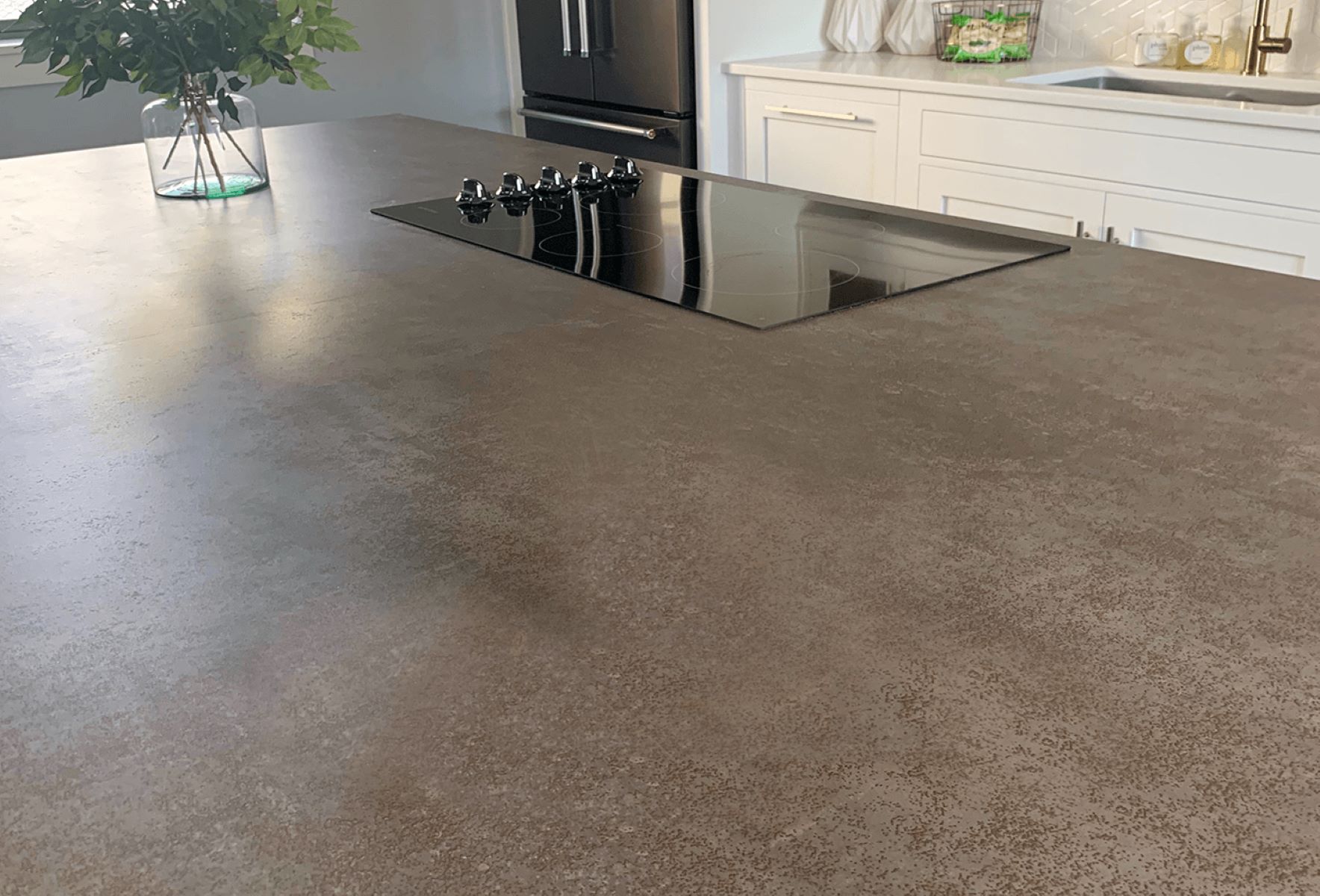

0 thoughts on “How To Clean Granite”